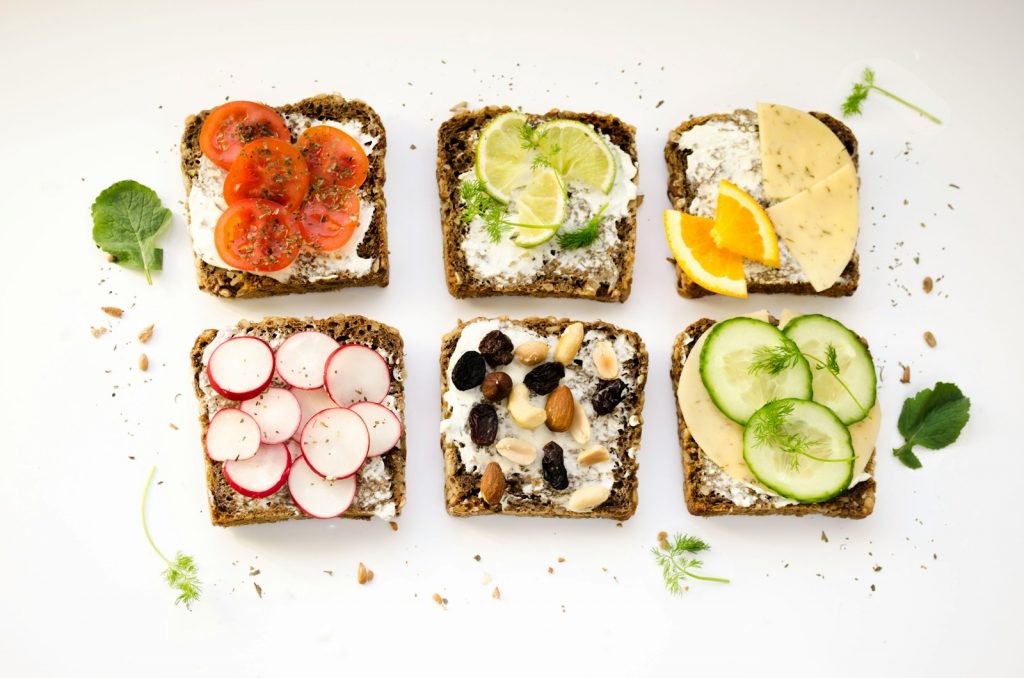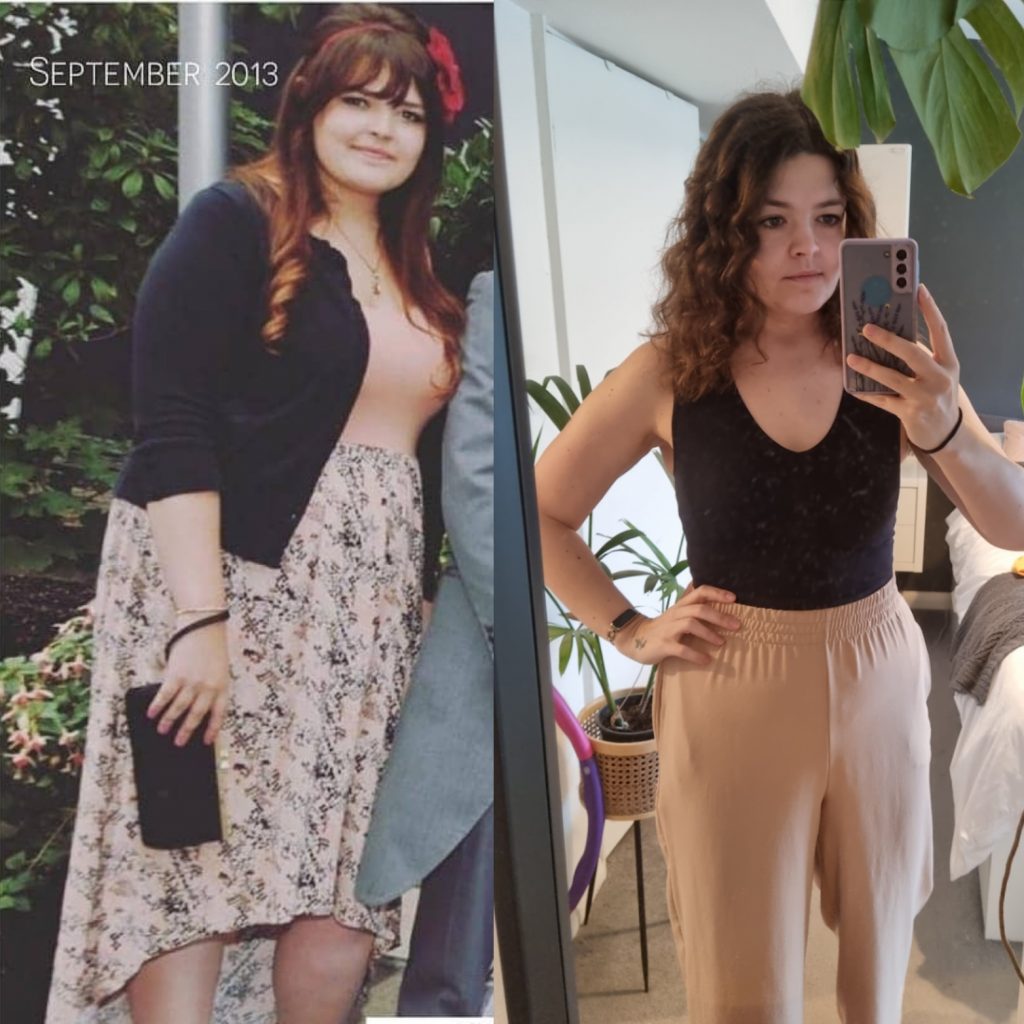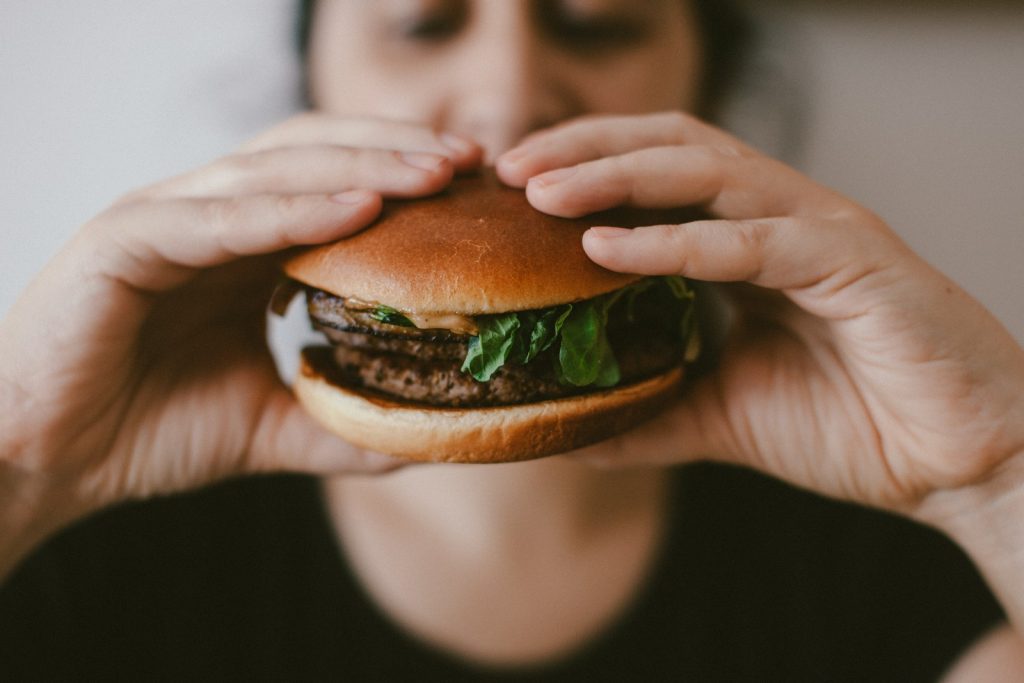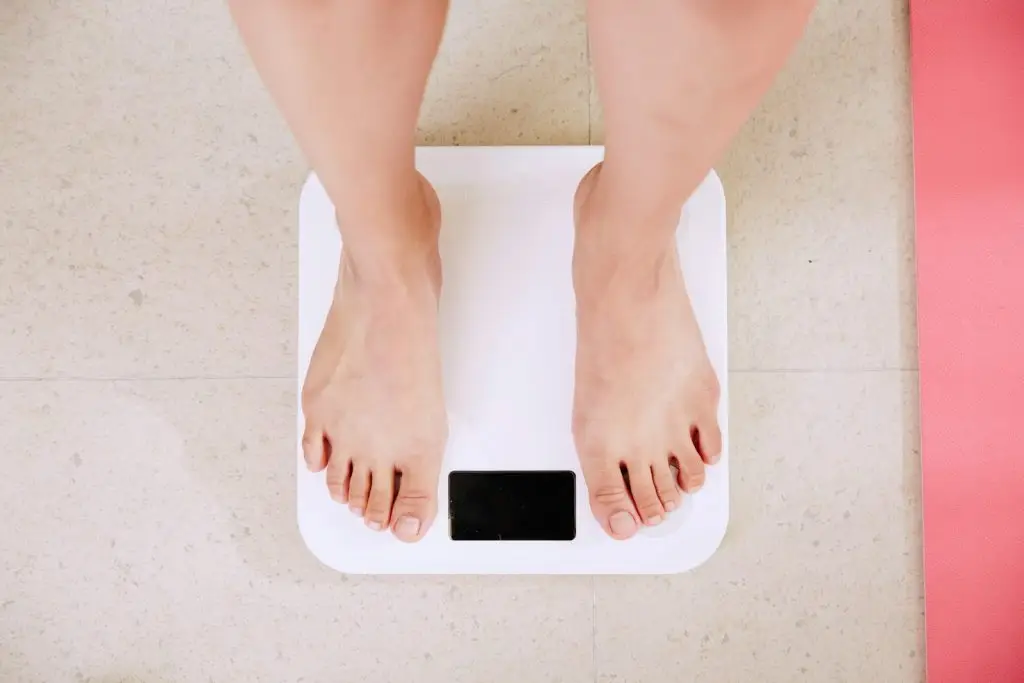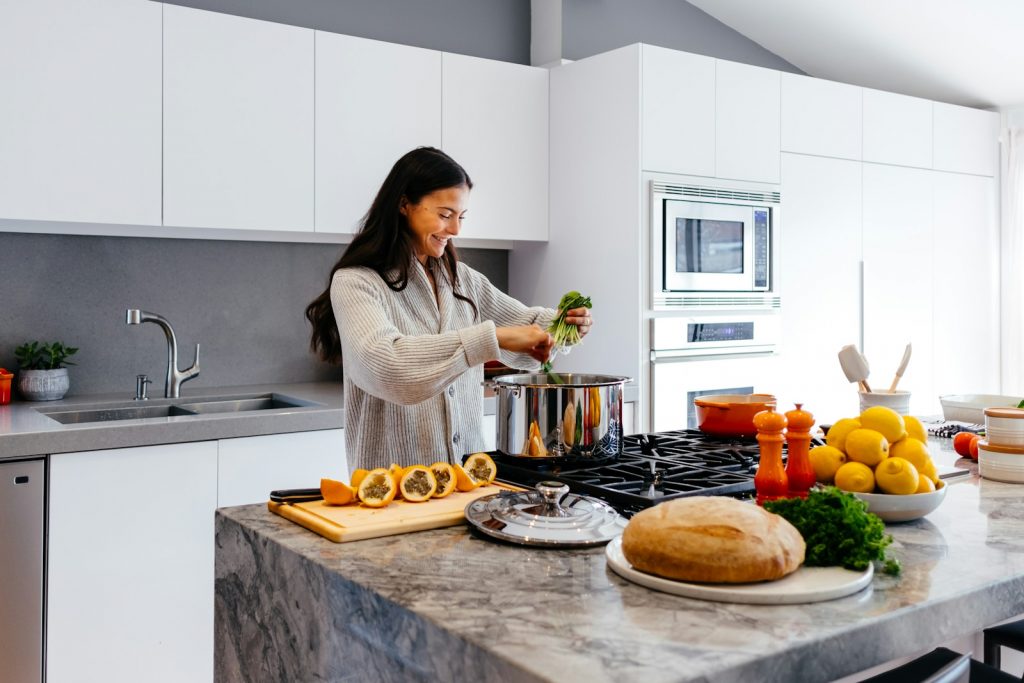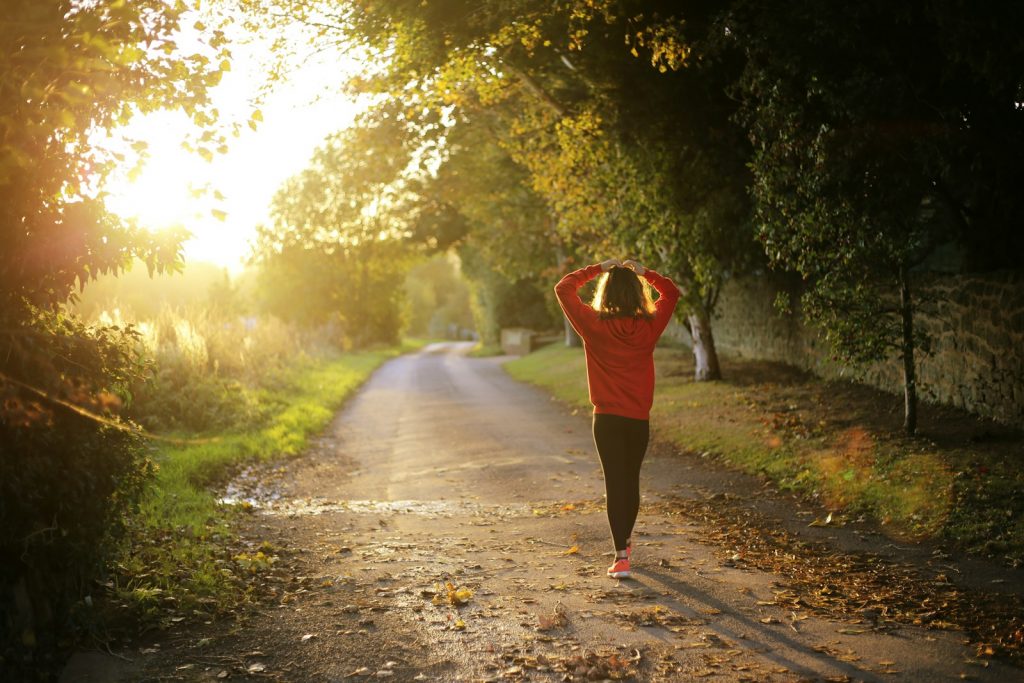Self-Discipline Importance: Willpower Inspired by David Goggins
Hey there! Let’s talk about something that contributes massively to your health and fitness goals: self-discipline importance. During my weight loss journey, I found I had to rely on self-discipline a lot. Motivation often comes and goes, and finding ways to power through slumps is essential. During one of these motivation slumps, I stumbled upon a David Goggins podcast and his incredible story. His relentless drive and no-excuses attitude were like a wake-up call.
Most people who are criticising and judging haven’t even tried what you failed at.
David Goggins
Now, don’t get me wrong—I’m not about to tell you to start running ultra-marathons or do anything extreme. Goggins’ approach is inspiring, but it’s also pretty intense. What I want to share with you is how we can take some of his principles and apply them in a way that’s sustainable and balanced. So how can we master self-discipline without going overboard, achieve our goals and enjoy the journey along the way? Let’s get into ‘Self-Discipline Importance: Willpower Inspired by David Goggins‘!

Understanding Self-Discipline Importance
Self-discipline is having the ability to stick to your plans and goals, even when you don’t feel like it. It’s that little voice in your head saying, “Come on, you’ve got this!” when you’d rather be doing anything else.
What is the Importance of Self-Discipline in Achieving Long-Term Goals?
When it comes to weight loss and fitness, self-discipline is super important. It’s not just about hitting the gym a few times or eating a salad now and then. It’s about making those healthy choices consistently. Here’s why it matters:
Consistency: Self-discipline helps you keep up those good habits every day. It’s like brushing your teeth—you do it regularly without even thinking about it.
Focus: It keeps you laser-focused on your goals. When you know what you want, self-discipline helps you stay the course and not get distracted by every little thing.
Resilience: It builds your ability to bounce back from setbacks and let’s face it, achieving fitness goals isn’t always easy, and self-discipline helps you keep going even when things get tough.
Common Misconceptions About Self-Discipline Importance
There’s a lot of confusion out there about self-discipline, so let’s clear up a few myths:
Myth 1: Self-Discipline Means Being Extreme: Nope, you don’t have to go all out like David Goggins. You can practice self-discipline in a way that works for you. It’s all about making steady, manageable progress.
Myth 2: It’s Only for the Naturally Strong-Willed: Wrong Again! Self-discipline isn’t something you’re born with. It’s like a muscle you can build up over time, So anyone can do it with a bit of practice.
Myth 3: Self-Discipline Equals Self-Deprivation: Being disciplined doesn’t mean you can’t enjoy life. It’s about balance and making smart choices. So you can still have treats and take breaks—but it’s all part of a healthy, disciplined lifestyle.
It’s not about being perfect; it’s about being consistent and kind to yourself as you work towards your goals.
David Goggins’ Approach to Self-Discipline
Who is David Goggins?
Alright, let’s talk about David Goggins. This guy is pretty much the definition of hardcore. He’s a former Navy SEAL, ultra-marathon runner, and motivational speaker. Goggins is known for his intense self-discipline and mental toughness. His story is super inspiring—he transformed himself from being overweight and out of shape to becoming one of the fittest men on the planet. His philosophy? Push yourself beyond your limits and embrace the grind, no matter how tough it gets.
What Can We Learn from Goggins?
David Goggins’ approach to self-discipline is built on a few key principles:
Mental Toughness: Goggins is all about strengthening your mind. He believes that your mind is your most powerful tool and that you can train it to overcome any obstacle. This means facing your fears, embracing discomfort, and never giving up, even when things get really hard.
Consistency: For Goggins, it’s all about showing up every single day. He talks a lot about the importance of doing the work, day in and day out, no matter how you feel. Consistency is what builds real, lasting change.
Pushing Beyond Limits: Goggins is famous for pushing himself to the extreme. He’s run ultra-marathons and done all sorts of crazy endurance challenges. His message is clear: you’re capable of way more than you think, and you need to push past your perceived limits to find out what you’re made of.
A Word of Caution
Now, let’s be real—Goggins’ methods are pretty intense. While his story and principles are incredibly motivating, his approach isn’t for everyone. Here are a couple of things to keep in mind:
Potential Downsides: Going to extremes like Goggins can lead to burnout, injury, or mental fatigue. For example, during one of his ultra-marathons, Goggins sustained severe injuries including broken bones in his feet, kidney failure, and stress fractures. You don’t need to be doing all of that! It’s important to listen to your body and know your limits!
Balance: While it’s great to push yourself, it’s also crucial to find a balance that works for you. You don’t have to run ultra-marathons to be disciplined. Find ways to incorporate Goggins’ principles in a way that fits your lifestyle and goals.
David Goggins’ story is amazing and his principles are solid, but remember to adapt them to your own life. It’s about finding a sustainable way to be disciplined, without burning out or going to extremes.
Adapting Goggins’ Principles for Everyday Life
Mental Toughness: Building It Without Going to Extremes
So, how do we take Goggins’ hardcore mental toughness and make it work for us in a more balanced way? Start with small, manageable challenges that push your comfort zone a bit. For instance, if you’re not a morning person, try waking up 15 minutes earlier than usual to get a quick workout in or to meditate. These little challenges build up over time, making you mentally stronger without overwhelming you.
Staying on Track with Fitness and Nutrition
Consistency is key, but how do you keep it up? The trick is to create a realistic schedule that you can stick to. Don’t aim for perfection—aim for progress. If you plan to work out four times a week, stick to those four days, even if it’s just a quick 20-minute session. The same goes for nutrition. Plan your meals, but allow for some flexibility. It’s all about making healthy habits a regular part of your life, not a chore.
Gentle Pushes Beyond Your Comfort Zone
Pushing your limits doesn’t mean you have to go to extremes. It’s about gradually increasing the intensity of your workouts or setting incremental goals that challenge you just enough. For example, if you’re comfortable running 2 miles, try adding an extra half mile each week. Or if you’re lifting weights, add a bit more weight every couple of weeks. These small steps can lead to big changes over time, helping you grow stronger and more resilient without risking injury or burnout.
By adapting Goggins’ principles in a way that fits into our everyday lives, we can build mental toughness, stay consistent, and push our limits in a sustainable and balanced way.

Creating a Balanced Approach to Self-Discipline
Realistic Goal Setting: Why Achievable Goals Matter
Let’s be real, setting goals you can achieve is super important. If you aim too high too fast, you might end up feeling discouraged. That’s where SMART goals come in. These goals are:
- Specific: Clearly define what you want to achieve.
- Measurable: Make sure you can track your progress.
- Achievable: Set realistic goals and within your reach.
- Relevant: Ensure your goals matter to you and align with your bigger plans.
- Time-bound: Give yourself a deadline to create a sense of urgency.
For example, instead of saying, “I want to get fit,” you might set a SMART goal like, “I will run for 20 minutes three times a week for the next month.” Check out my post ‘Setting Goals and Crushing Them: Proven Strategies!’ for a complete guide to goal setting!
Mindfulness and Self-Compassion: Staying Grounded and Kind to Yourself
Incorporating mindfulness practices can help you stay grounded and focused on your journey. Plus, practising self-compassion is always important—nobody’s perfect, and that’s okay! Here are a few ways to do this:
Meditation: Spend a few minutes each day meditating to clear your mind and reduce stress.
Journaling: Write down your thoughts, goals, and progress. It’s a great way to reflect and stay motivated.
Positive Self-Talk: Be your own cheerleader. Replace negative thoughts with positive affirmations.
These practices help you stay centred and remind you to be kind to yourself, especially on tough days.
Small Habit Changes: The Power of Tiny Tweaks
Don’t underestimate the power of small, consistent habit changes. They might seem minor, but they add up over time and can lead to big results. Here are some simple habits to start with:
Drinking More Water: Aim to drink a bit more water each day. Staying hydrated can improve your overall health and energy levels.
Adding a Daily Walk: Incorporate a short walk into your daily routine. It’s a great way to get moving and clear your mind.
Meal Prepping: Spend some time each week preparing healthy meals. This can help you stick to your nutrition goals and save time during busy days.
SEE MY COMPLETE GUIDE ON HABIT FORMATION > Mastering Habit Formation and Behaviour Change For Your Health
By focusing on these small, manageable changes, you’ll create a strong foundation for lasting self-discipline. It’s all about building habits that support your goals and fit into your life seamlessly.
Practical Tips and Tools
Example of a Balanced Daily Routine Incorporating Self-Discipline
Creating a balanced daily routine can make a huge difference. Here’s an example to get you started:
Morning: Start with a quick meditation session to set a positive tone for the day. Follow it up with a healthy breakfast and a brief workout, like a 20-minute run or yoga session.
Midday: Focus on your work or daily tasks, making sure to take short breaks to stretch or take a walk. Keep a water bottle handy to stay hydrated. I recently wrote a post about effective afternoon routines, it’s focused on ADHD tips but it’s worth checking out even if you don’t have ADHD! – ADHD Morning Routines: Kickstart Your Day with Energy.
Afternoon: Have a balanced lunch and take some time for a mindful activity, like journaling or reading.
Evening: Prepare a nutritious dinner and plan for the next day. Wind down with a relaxing activity, such as a gentle walk or a few minutes of meditation before bed. Check out my post ‘Night Journal Prompts: End Your Day with Positive Thoughts‘ to get started with night time journalling to wind down!
Tracking Progress: Tools for Staying on Track and Motivated
Staying on top of your progress can keep you motivated and help you see how far you’ve come. Here are some tools you can use:
Fitness Trackers: Devices like Fitbit (I have this Luxe and love it!) or Apple Watch can track your workouts, steps, and overall activity levels.
Habit Trackers: Apps like Habitica, Routinery or Streaks can help you keep track of daily habits and routines, providing a visual representation of your progress.
Nutrition Apps: MyFitnessPal or Macrofactor are great for logging meals and tracking your nutritional intake.
Consistency is key, but it’s hard to stay on track if you’re constantly swinging between restriction and indulgence. For a practical approach to self-discipline and healthy eating, check out my post on Weight Loss Psychology 101. It’s packed with tips on building a balanced, guilt-free relationship with food.
The Importance of Having a Support System and Accountability
Having a support system is crucial for staying motivated and accountable. Here are some ways to build one:
Friends: Share your goals with friends who can offer encouragement and keep you accountable.
Online Communities: Join online forums or social media groups focused on fitness and wellness. These communities can provide support, tips, and inspiration.
Coaches: Consider hiring a personal trainer or a nutritionist who can guide you and help you stay on track.
By incorporating these practical tips and tools into your routine, you’ll find it easier to maintain self-discipline and achieve your goals. Remember, it’s all about creating a balanced, sustainable lifestyle that works for you.
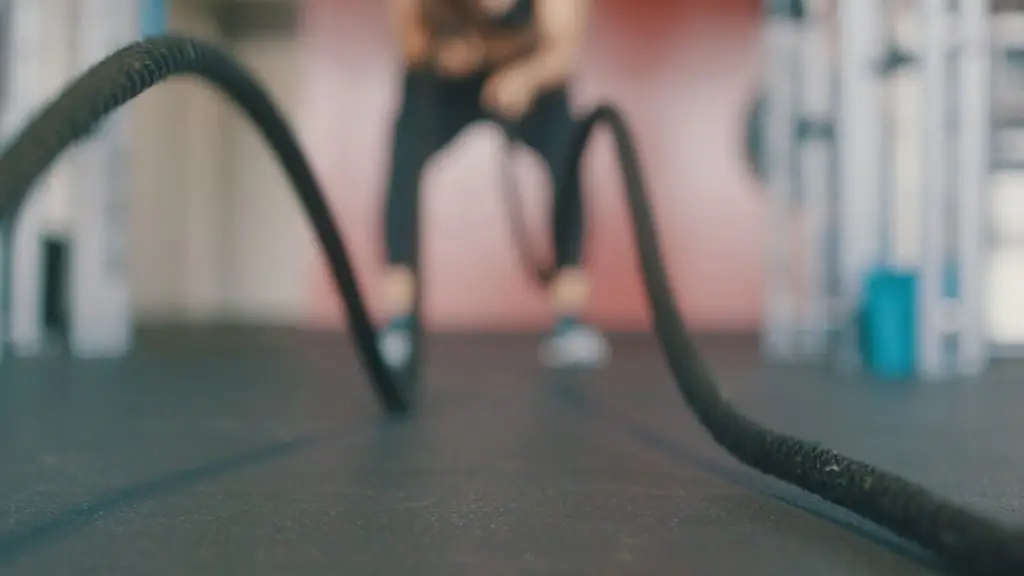
Wrapping Up: Self-Discipline Importance
Remember, the journey to mastering self-discipline doesn’t have to be overwhelming. Start small and be consistent. Whether it’s setting achievable goals, making tiny habit changes, or finding ways to stay motivated, every little step counts. Be kind to yourself along the way and celebrate your progress, no matter how small.
If you’re interested in learning more about David Goggins, I highly recommend his book ‘Can’t Hurt Me‘.
Have you enjoyed ‘Self-Discipline Importance: Willpower Inspired by David Goggins’? I’d love to hear from you! Share your experiences or goals related to self-discipline in the comments. What strategies have worked for you? What challenges have you faced? Let’s support each other on this journey towards a more disciplined and fulfilling life.


